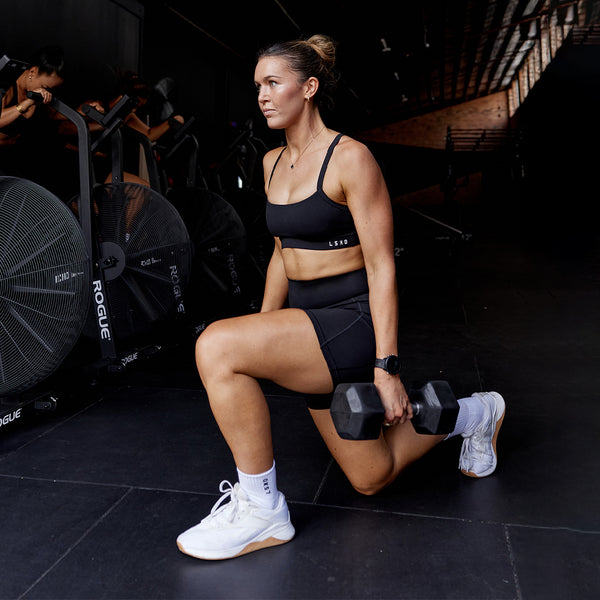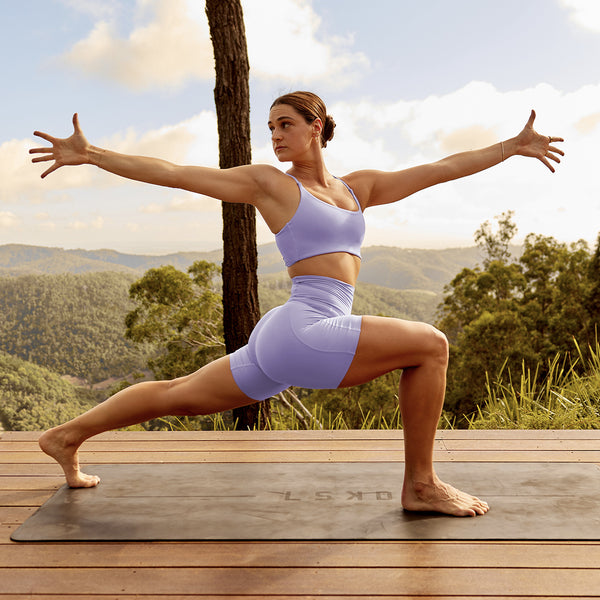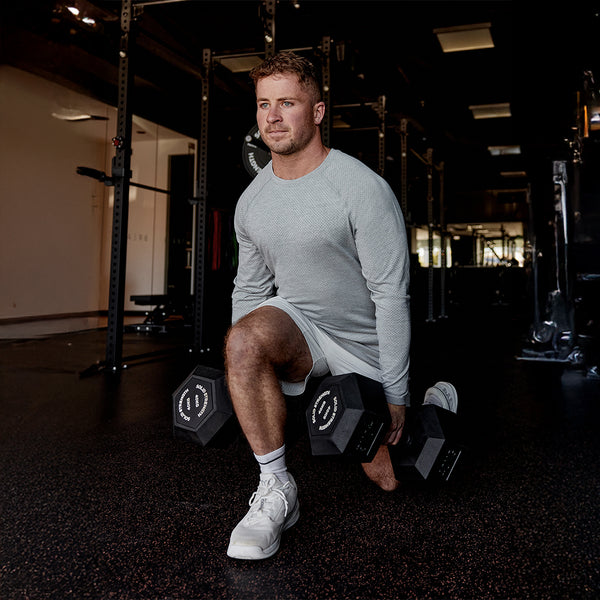EARLY DETECTION SAVES LIVES
9 Australians lose their life to breast cancer every day. Survival rates are over 90% with early detection so please keep reading and share this page with friends and family to find out what you can do RIGHT NOW. It is important to be aware of how your breasts normally look and feel, so that you can identify any unusual changes. We put together a few things to look out for.







